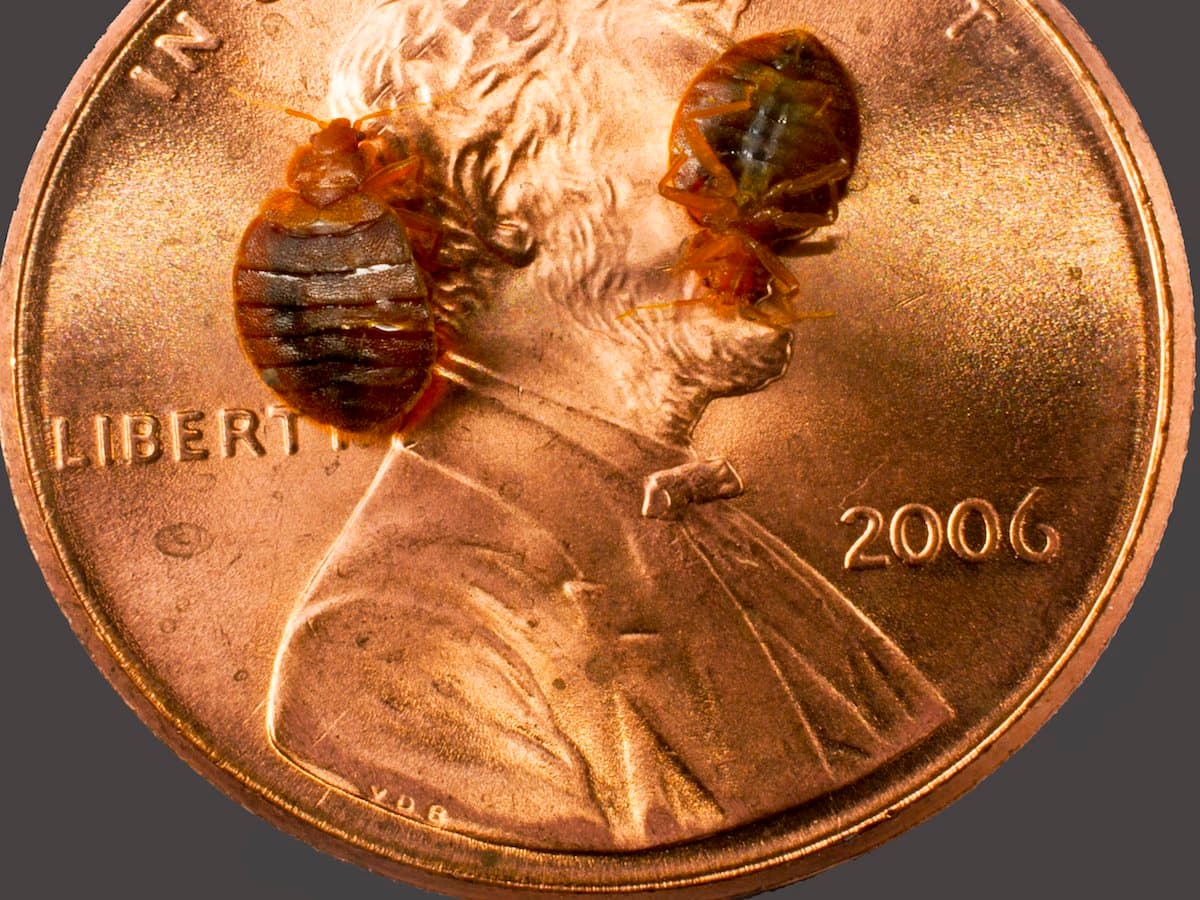Leading A1 Bed Bug Treatment in Houston - Quick and Affordable
Leading A1 Bed Bug Treatment in Houston - Quick and Affordable
Blog Article
Understanding the Lifecycle of Pests for Targeted Control Approaches
Understanding the lifecycle of pests is a fundamental facet of effective pest monitoring techniques. By comprehending the numerous stages of advancement that parasites undertake, a much more targeted and precise strategy can be adopted to regulate their populations. This knowledge not just loses light on the susceptabilities within the pest lifecycle however also paves the way for carrying out critical steps that can disrupt their development and recreation cycles. With a much deeper understanding of just how bugs thrive and progress, customized control techniques can be made to address details factors in their lifecycle, inevitably causing more successful insect monitoring outcomes.
Importance of Recognizing Insect Lifecycle
Recognizing the lifecycle of insects is necessary for establishing effective and targeted control techniques in parasite management. By understanding the different phases a bug goes via from egg to grownup, insect control professionals can identify vulnerable points in the lifecycle where intervention can be most successful.
Additionally, acknowledging the particular ecological problems necessary for each and every stage of the pest's lifecycle can guide decisions on environment modification or exemption methods to lower and interrupt the lifecycle insect populaces. This understanding makes it possible for pest monitoring professionals to implement proactive procedures instead of relying entirely on reactive therapies, causing even more lasting and long-term insect control remedies. Ultimately, an extensive understanding of parasite lifecycles encourages bug control experts to customize their strategies effectively, maximizing and minimizing environmental effects control results.
Secret Phases in Bug Development
To successfully carry out targeted control strategies in bug management, a critical facet lies in adequately identifying and recognizing the vital stages in insect growth. Bug advancement normally consists of numerous vital phases that are important for their lifecycle and administration.

Vulnerabilities in Parasite Lifecycle
Throughout the various phases of a bug's lifecycle, unique susceptabilities emerge that can be purposefully targeted for effective control measures (A1 bed bug removal houston). One important vulnerability lies in the egg phase, where parasites are often much more susceptible to certain pesticides or biological control agents due to their soft external covering, making them simpler targets for intervention. Recognizing these susceptabilities in the insect lifecycle is important for creating efficient and accurate control strategies that properly manage parasite populations while decreasing environmental influence.
Carrying Out Targeted Control Measures

Applying targeted control steps typically entails a multi-faceted method. This might include environment modification to make the atmosphere less welcoming to pests, such as eliminating standing water for insect control or sealing access points for rats. Additionally, biological control approaches can be utilized, where all-natural killers or pathogens are presented to maintain insect populaces in check.
Chemical control, such as the careful application of pesticides, is an additional common method. It is crucial to utilize these compounds deliberately to minimize environmental effect and possible injury to non-target species - A1 Bed Bug treatment houston. Integrated Bug Monitoring (IPM) strategies that integrate numerous control actions in a coordinated and sustainable manner are typically one of the most efficient in attaining lasting parasite monitoring objectives. By applying targeted control measures based on a complete understanding of bug lifecycles, parasite populaces can be properly regulated while decreasing threats to human wellness and the setting.
Enhanced Parasite Administration Practices

Additionally, the incorporation of organic control representatives, such as natural killers or pathogens of insects, can help in reducing dependence on chemical pesticides and advertise a more balanced ecological community. Implementing physical obstacles and traps can likewise belong to improved insect monitoring practices, using safe and targeted remedies for insect control. Additionally, using scents and other semiochemicals can interrupt pest mating patterns and interaction, resulting in reduced insect populations over time.
Conclusion
Finally, understanding the lifecycle of pests is important for reliable bug management approaches. By identifying key phases in insect growth and vulnerabilities in their lifecycle, targeted control actions can be carried out to decrease parasite populations. Improved insect administration methods can aid minimize the dependence on broad-spectrum chemicals and promote even more sustainable and environmentally pleasant pest control approaches. This expertise plays a vital function in keeping healthy and balanced environments and agricultural performance.
Comprehending the lifecycle of pests is crucial for creating effective and targeted control methods in pest administration. By comprehending the different stages a pest goes via from egg to grownup, parasite control specialists can identify prone factors in the lifecycle where treatment can be most effective. Eventually, a detailed understanding of parasite lifecycles encourages bug control specialists to tailor their techniques successfully, reducing environmental effects and you can try this out making best use of control results.
By carrying out targeted control actions based on a detailed understanding of pest lifecycles, insect populaces can be effectively managed while reducing threats to human health and the environment.
By determining vital phases in bug development and vulnerabilities in their lifecycle, targeted control steps can be carried out to lessen parasite populations.
Report this page